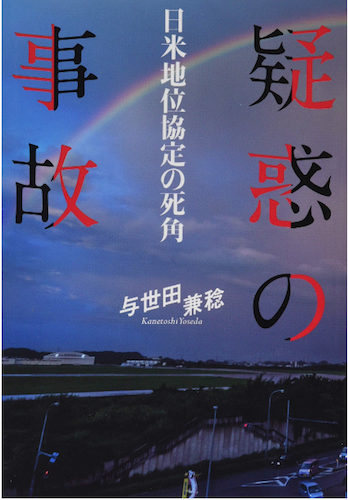103. The "Animal Counter" Radical: 疋
The shape of the 疋 radical strikes me as unevolved. As things in the kanji world generally become simpler over time, I would have expected the hook on the upper right to have disappeared. But no, it's altogether present in the lower right quadrant of this character:
疑 (835: doubt; suspicion)
Meanwhile, the radical is unrecognizable in the only other Joyo kanji in which it's on duty:
疎 (1509: distant; sparse)
Radical 103 occupies the whole left side here. When our radical moves there, it does so with a variant form. Both shapes have five strokes.
Henshall offers insight into the variant in his newer edition, saying that in the seal-script version of 疑, the right side featured a 子 over 止, "apparently through misinterpretation."
In his etymology of 是, Henshall also comments that as most experts understand it, 正, 疋, and 足 were originally the same character. He notes that because 疋 and 足 looked similar at the seal stage, confusion between the two was likely at times.
Though it might seem as if 疋 would be the radical in the three Joyo kanji I just mentioned, here's how it plays out instead:
• In 是 (910: morally right), 日 (radical 72: "sun") is on duty
• In 正 (41: right), 止 (radical 77: "stopping") is on duty
• In 足 (51: foot), the identical 足 (radical 157: "foot") is on duty

The main title of this book is as follows:
疑惑の事故
Suspicious Accident
疑惑 (ぎわく: suspicion);
事故 (じこ: accident)
I like how the cover designer highlighted our radical (and a bit more) in red in 疑.
What Is Radical 103 Called?
In 疑, the radical name ひき works for 疋. That name matches the kun-yomi of this autonomous, non-Joyo character:
疋 (head (animal counter); roll of cloth)
When the radical moves to the left side of a kanji, as in 疎, the name ひきへん works instead. The -へん (-偏: side) suffix is the position name for a radical on the left side.
In English, we can use the name "animal counter," with "head count" as a second option.
What Is an Animal Counter?
You may be wondering what an animal counter is. Perhaps it's like when two horses walk into a bar and go up to the counter for service .... Or when kids play a game on a long road trip, counting all the cows they see ...
No, an animal counter is one of the many Japanese suffixes you need to attach to nouns as you count them. You would refer to two loaves of bread (not "two breads") or three bottles of wine (not "three wines"). In the same vein, the Japanese use a particular suffix when counting animals.

I spot 10 monkeys in this photo, so would that be 10疋 (じっぴき)? Although that's theoretically possible, the Japanese prefer to use -匹 (also read as -ひき) for counting small animals, with -頭 (-とう) as another option, but an unpopular one.
People don't use 疋 to count anything in contemporary Japanese, so we will need to content ourselves with perceiving 疋 only as a radical.
